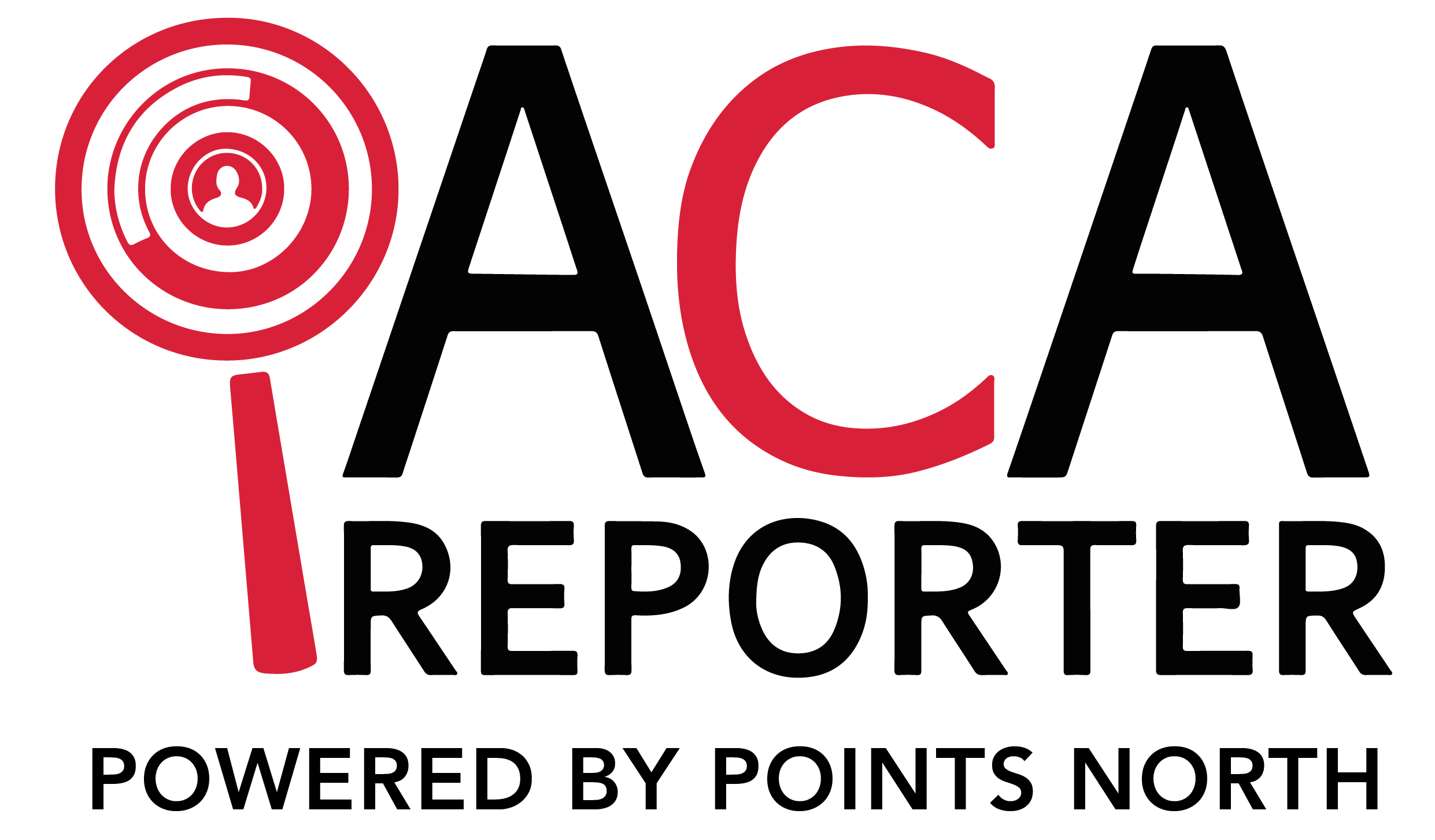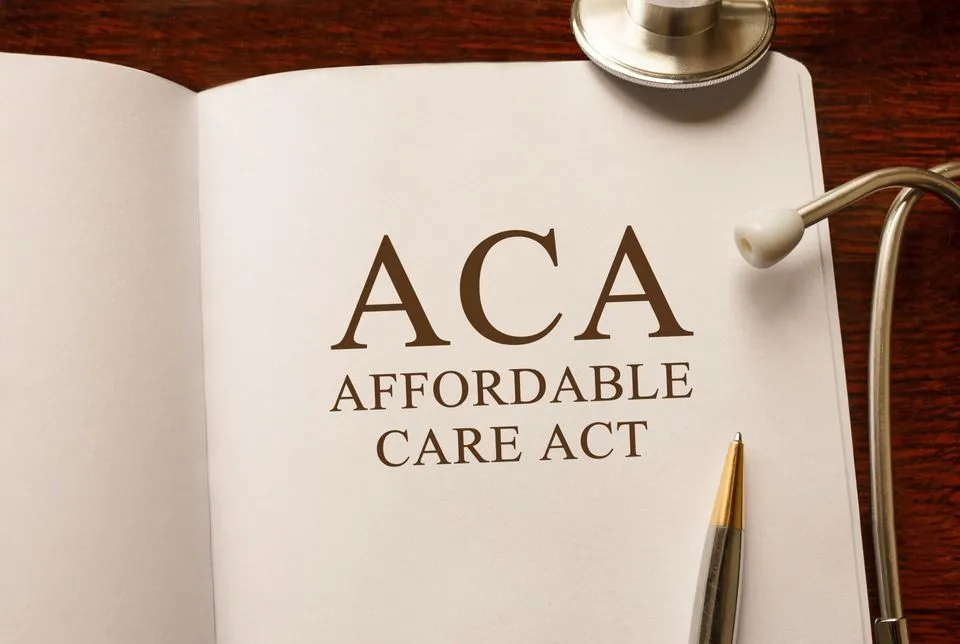As the year 2021 is well underway and with the Biden government likely to ramp up the ACA legislation, employers have to make sure that they are compliant with the healthcare law. The law has changed significantly since it was first established in 2010. Reporting under the ACA's Employer Mandate was required in 2015.
Trusaic identifies the top five resources essential for ACA compliance in 2021.
Do You Have To Comply With The ACA?
According to the ACA's Employer Mandate, Applicable Large Employers (ALEs) organizations with 50 or more full-time employees and full-time equivalent employees must offer Minimum Essential Coverage (MEC) to at least 95% of their full-time employees and their family members. Whereby such coverage meets Minimum Value (MV) and is affordable for the employee.
The three main elements of the Employer Mandate are:
- Affordability
- Minimum Value
- Minimal Essential Coverage
Compliance with the ACA's Employer Mandate is essential for Applicable Large Employers (ALEs). Employers who fail to comply with the ACA are subject to Internal Revenue Code (IRC) Section 4980H penalties.
Why Responding To The Notice Is A Serious Task?
Suppose your organization has received a penalty notice for failing to comply with the ACA's Employer Mandate. In that case, you should know that responding to the penalty notice can be a serious task. The agency publishes different responses via Letters 227. There are different types of Letters 227 that your organization may receive, depending on whether the agency agrees with the materials you provided in your response to Letter 226J. Suppose the IRS acknowledges that the information you provided in your Letter 226J response is correct and accepts it. The agency will then issue a Letter 227K, which states that you do not owe an Employer Shared Responsibility Payment (ESRP).
Why Is The Letter 5005-A Issued To ALEs?
The IRS can issue Letter 5005-A to ALEs under IRC Section 6721/6722 who fail to:
- File Forms 1094-C and 1095-C with the IRS
- Furnish Forms 1095-C to their full-time employees
These penalty notices focus on the failure of Applicable Large Employers (ALEs) to distribute Forms 1095-C to employees and file Forms 1094-C and 1095-C to the tax agency within the required deadlines.
What Are The IRS Affordability Safe Harbors?
When administering your health plan, implementing safe harbors is one thing. Communicating this information to the IRS is another. The three safe harbors that employers can use when proving ACA affordability to the IRS are:
- W-2
- Rate of Pay
- Federal Poverty Line (FPL)
The Rate of Pay Safe Harbor is a method of demonstrating the ACA affordability, which is based on an employee's hourly rate or monthly rate. The IRS Affordability Safe Harbors address the many plan nuances that can affect the affordability for the employees, which includes:
- Flex credits
- Wellness plans
- Opt-out payments
- Health Reimbursement Arrangements (HRAs)
Takeaway
One area of the ACA that continues to challenge health insurance brokers and HR directors is determining affordability. As the affordability threshold changes annually and the stakes for not providing affordable healthcare are high. So, the IRS Affordability Safe Harbors outline the rate of pay, W-2, and federal poverty line affordability safe harbors your organization can claim to prevent ACA penalties under IRC 4980H (b).





